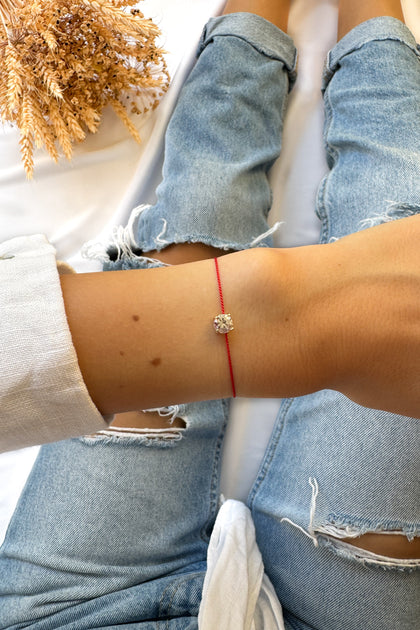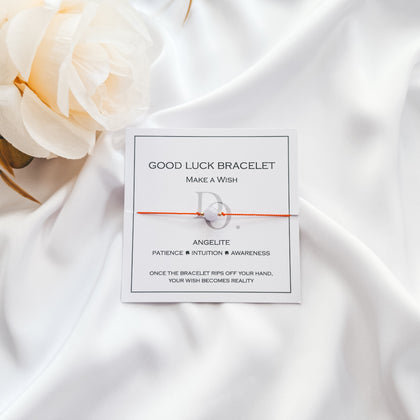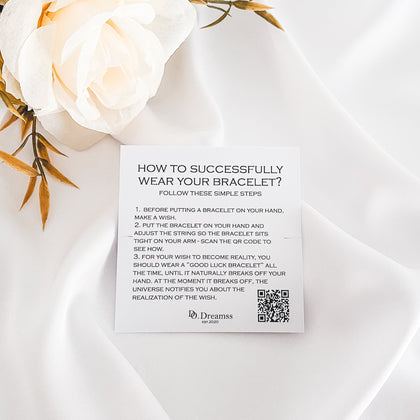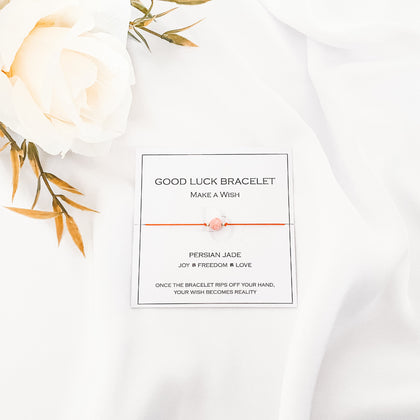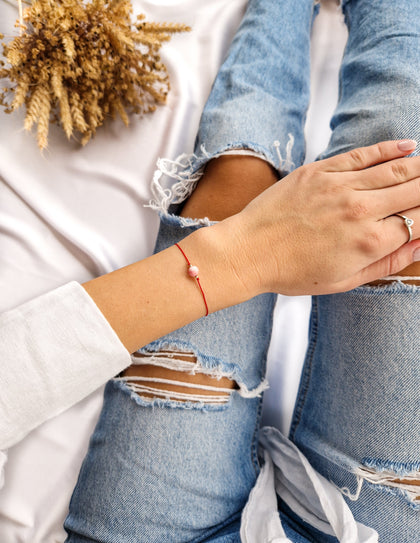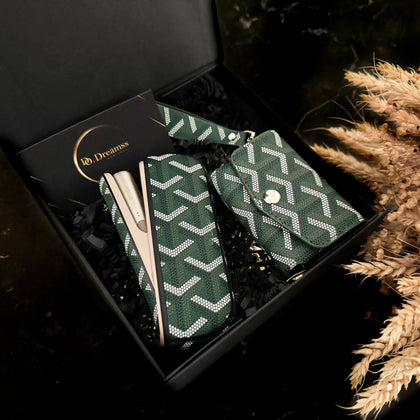The Lucky Edit by Do.Dreamss
Colorful Jewelry Combinations: How to Create Impactful Looks
Color has the incredible power to transform not just your outfit, but your entire presence. When it comes to jewelry, understanding how to leverage color combinations can take your accessory game from basic to breathtaking. Strategic color pairing isn't just about following trends—it's about mastering a visual language that allows you to express your personality, complement your wardrobe, and create memorable impressions without saying a word.
The secret to standout style often lies not in acquiring more pieces, but in knowing how to combine what you already have in fresh, eye-catching ways. Whether you're drawn to bold statement pieces or prefer subtle accents, understanding the psychology and impact of color in jewelry will help you create looks that feel intentional, cohesive, and uniquely yours. In this guide, you'll discover the principles behind effective color combinations, current trends, practical matching techniques, and ways to develop your personal jewelry color story.
Understanding the fundamentals of color pairing for jewelry
Just as artists rely on color theory to create compelling paintings, jewelry enthusiasts can use these same principles to craft stunning accessory combinations. The color wheel serves as your roadmap for jewelry styling—it's not just an abstract concept but a practical tool that reveals why certain gemstones and metals naturally complement or dramatically contrast with each other.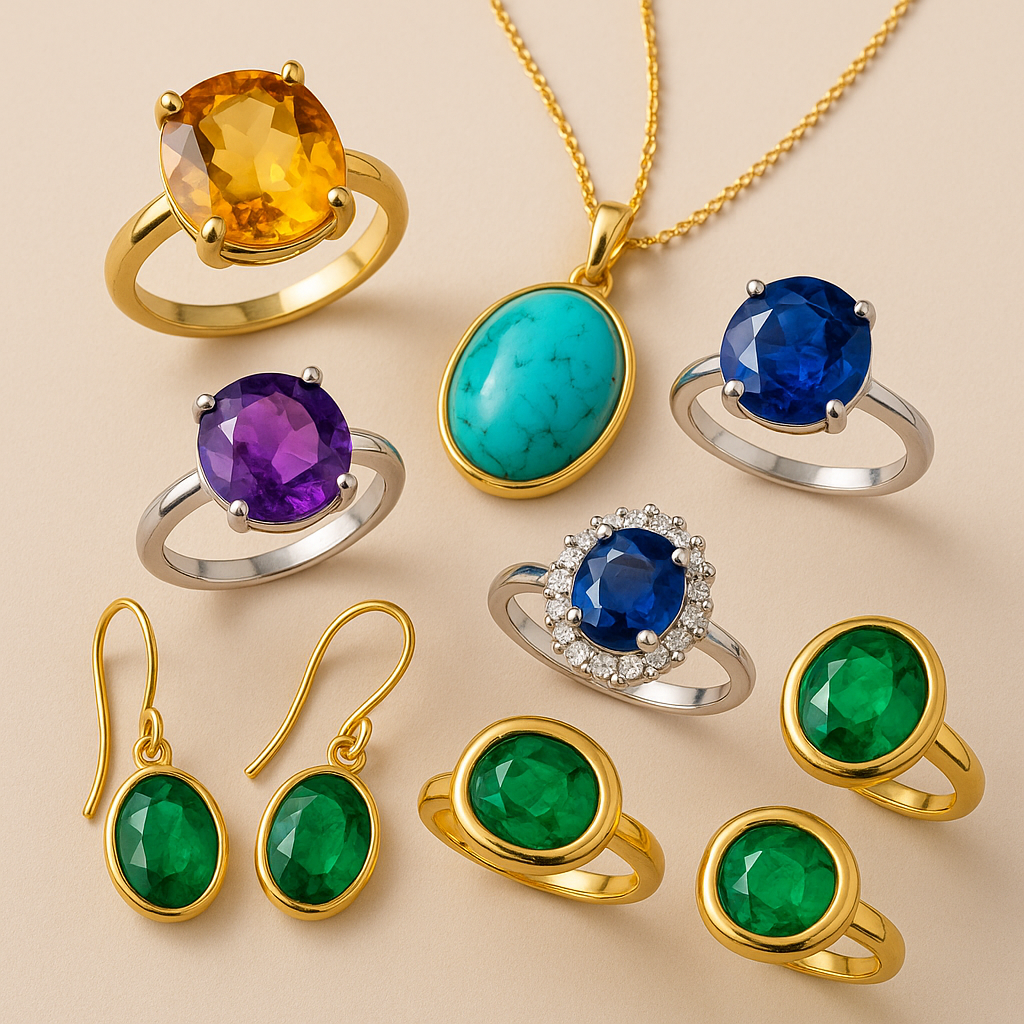
At its most basic, the color wheel consists of primary colors (red, blue, yellow), secondary colors (green, orange, purple), and tertiary colors (those that fall between). When selecting jewelry, understanding a few key color relationships can transform your styling approach:
- Complementary colors sit opposite each other on the color wheel (blue/orange, red/green, yellow/purple) and create maximum contrast and vibrancy when paired
- Analogous colors are neighbors on the wheel (like blue, blue-green, green) that create harmonious, cohesive looks
- Monochromatic combinations use different shades and tints of the same color for subtle sophistication
- Split-complementary pairings use one color plus the two colors adjacent to its complement, offering contrast with less tension
When balancing colors in your jewelry collection, consider not just the gemstones but also the metal settings. Yellow gold warms up cool-toned stones like sapphires or emeralds, while silver and white gold enhance their coolness. Rose gold creates a beautiful bridge between warm and cool palettes, working especially well with morganite, amethyst, and other pink or purple stones.
Practical color theory for jewelry lovers
Applying color theory doesn't require an art degree—just a bit of observation and experimentation. Start by identifying whether your wardrobe leans predominantly warm (reds, oranges, yellows) or cool (blues, greens, purples). Your jewelry can either harmonize with these tones or provide intentional contrast.
For example, if you're wearing a navy blue dress, you could choose analogous colors like sapphires or aquamarines for harmony, or reach for complementary citrine or amber pieces for striking contrast.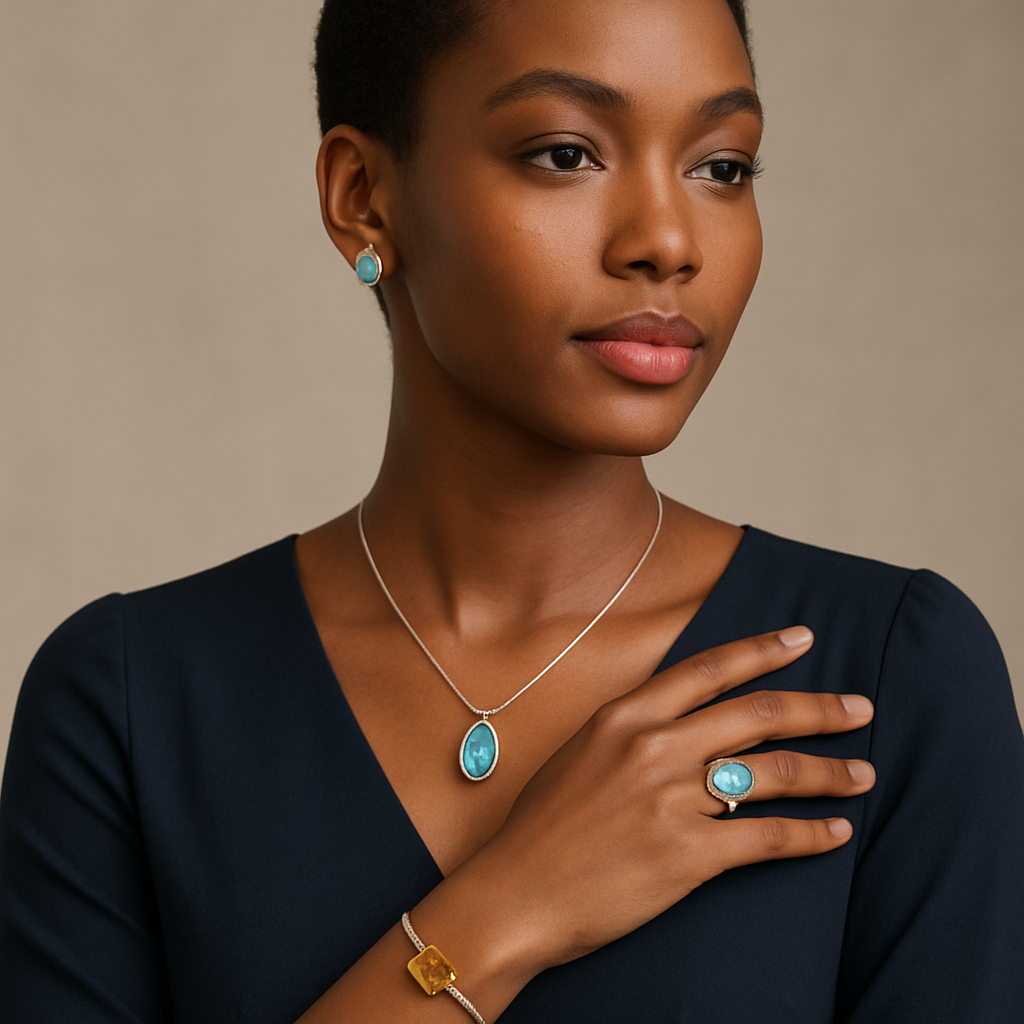
The metal setting further influences the overall effect—silver enhances cool tones while gold warms them.
For neutral outfits, the color wheel gives you freedom to play. A black, white, or gray foundation serves as a perfect canvas for any gemstone combination you desire. This approach allows your jewelry to become the focal point of your look.
Ready to put these principles into practice? Explore unique colorful jewelry pieces online that exemplify these color relationships and can instantly elevate your style.
Top trending color combinations for jewelry in style right now
The jewelry landscape is constantly evolving, with certain color pairings capturing the zeitgeist of current fashion sensibilities. This season's trends reflect both nostalgic returns to classic combinations and bold new directions that challenge conventional styling wisdom.
Drawing inspiration from runways, celebrity stylists, and social media influencers, we're seeing a fascinating interplay of colors that bridge traditional boundaries. Designers are experimenting with unexpected gemstone pairings, creating conversation pieces that command attention while remaining wearable for everyday style enthusiasts.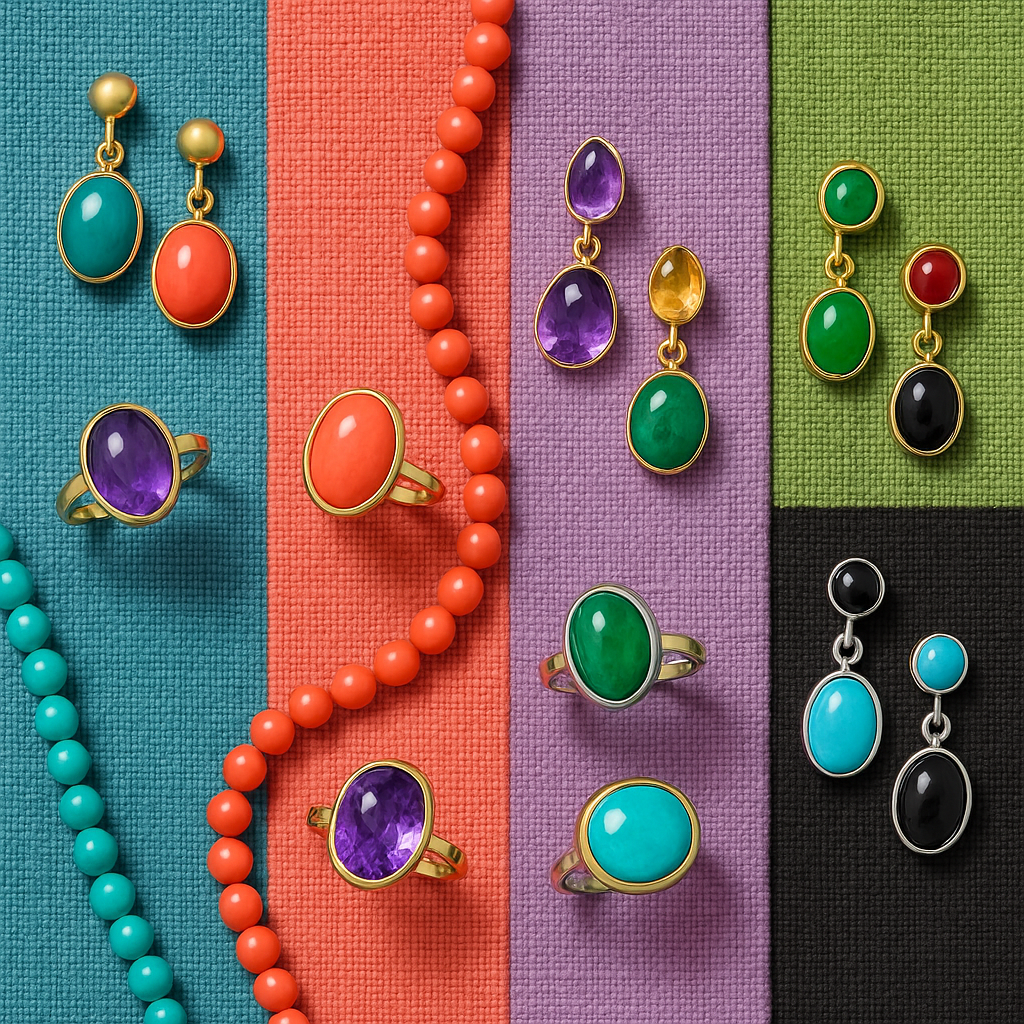
Example combinations for immediate inspiration
- Teal and coral: This dynamic duo creates a Mediterranean-inspired look that works beautifully in mixed-metal settings. The contrast between these colors evokes tropical waters and sunset skies, perfect for summer styling or as a vacation-ready accessory story.
- Amethyst and citrine: These complementary purple and yellow stones create electric contrast, especially when set in yellow gold that amplifies the citrine's warmth while providing sophisticated counterpoint to the amethyst's cool tones.
- Emerald and ruby: This luxurious pairing channels vintage glamour with its rich jewel tones. While traditionally associated with holiday seasons, this combination has stepped into year-round styling for those who appreciate bold color statements.
- Morganite and aquamarine: For a softer approach, these pastel stones create a dreamy, ethereal effect that complements both casual and formal looks, especially when set in rose gold that enhances morganite's blush undertones.
- Onyx and turquoise: This high-contrast pairing offers graphic impact with its stark opposition. The deep black of onyx allows turquoise's vibrant blue-green to pop dramatically, creating a modern, architectural effect that works especially well in geometric designs.
The trending jewelry colors this year also reflect broader fashion color trends, with several standout combinations appearing repeatedly in designer collections. Layering different gemstone families has become increasingly popular, with many style leaders embracing the "more is more" philosophy when it comes to colorful accessories.
For more on combining gemstones according to your undertones, see this color guide that explores how to select the most flattering gemstone hues for your complexion, regardless of current trends.
How to match jewelry to your outfit and occasion
Creating harmony between your jewelry choices and your clothing requires understanding the visual conversation between colors, textures, and occasion-appropriate styling. The goal isn't perfect matching but intentional coordination that enhances your overall appearance.
When determining what jewelry works with different outfits, consider both color intensity and the formality of the occasion. A bright red dress might call for gold accessories that complement rather than compete, while a neutral outfit provides canvas for more adventurous gemstone combinations.
- For professional settings: Choose subtle color combinations with moderate contrast. Blue topaz or sapphire studs with silver or white gold create polished looks that don't distract during meetings or presentations.
- For casual daywear: Embrace more playful combinations like turquoise with coral or amethyst with peridot. The relaxed context allows for creative expression through bolder color stories.
- For evening events: Rich jewel tones like garnet, sapphire, or emerald create sophisticated depth, especially when paired with metallic evening wear or classic black.
- For special occasions: Consider the event's color palette when selecting jewelry. For weddings, subtle coordination with the theme colors creates cohesive photos without overpowering your outfit.
The color value (light versus dark) of both your clothing and jewelry also affects their relationship. Light-colored clothing often works beautifully with both pastel and vibrant jewelry tones, while darker clothing can provide dramatic backdrop for bright gemstones or the subtle luxury of pearls.
Tips for layering and mixing for cohesive looks
Layering colorful jewelry requires attention to proportion and balance. Start with these principles to avoid overwhelming your look:
- Establish a focal point with one statement piece, then build supporting pieces around it
- When mixing metals, maintain consistency in finish (all polished or all matte)
- Layer necklaces of different lengths but similar color families for depth without chaos
- With patterned clothing, choose jewelry that picks up one color from the pattern rather than introducing entirely new hues
- For stacking rings, alternate between colored gemstones and metal bands to create rhythm
- Consider your complete color story from earrings to rings—they don't need to match exactly but should feel intentionally curated
Common mixing mistakes include combining too many bold colors without neutral anchors, pairing warm-toned jewelry with cool-toned outfits without intentional contrast, or creating competition between statement clothing and statement jewelry. When in doubt, follow the principle of emphasis: if your outfit is colorful and busy, let your jewelry be more subdued, and vice versa.
If you're short on time, discover our pre-styled jewelry stacks designed for seamless mixing and maximum impact. These curated combinations take the guesswork out of creating cohesive looks while still allowing for personal expression.
Personalizing your colorful jewelry combinations
Beyond trends and rules lies the most important aspect of jewelry styling: creating combinations that feel authentically yours. Your jewelry collection should reflect your personality, honor your experiences, and evolve with your style journey.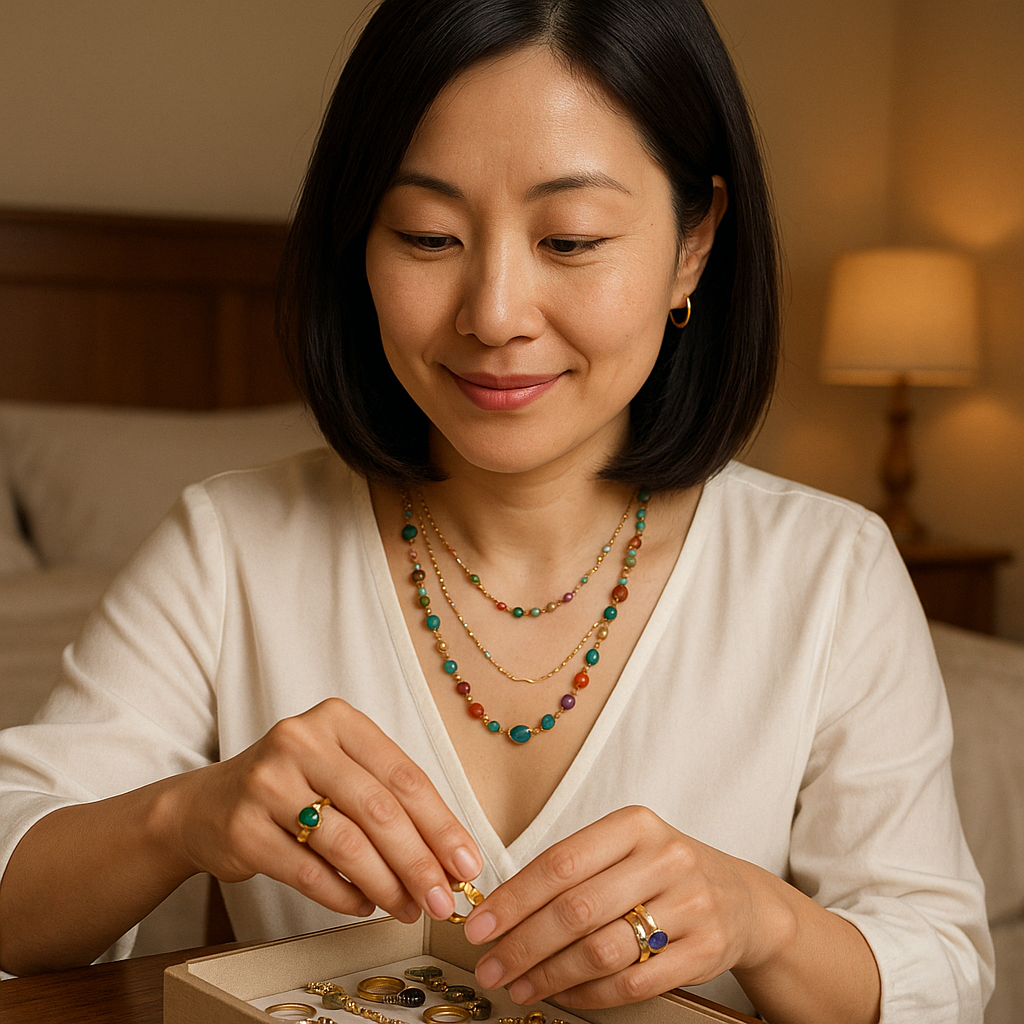
Begin by identifying the colors that consistently draw you in or hold special meaning. Perhaps turquoise reminds you of a memorable vacation, or amber echoes your grandmother's vintage collection. These personal connections create deeper satisfaction than following trends alone. Allow yourself to be drawn to colors that speak to you emotionally, even if they're not currently trending.
Developing your signature style might involve creating color stories around a central piece, such as building a collection around an heirloom sapphire by adding complementary blue tones or striking contrasts. Alternatively, you might discover you're drawn to specific color families—earth tones, jewel tones, or pastels—that can become your recognizable aesthetic.
Don't hesitate to mix vintage and contemporary pieces, or high and low-value items. The most interesting jewelry collections tell a personal story through thoughtfully combined colors and textures rather than adhering to rigid matching principles. Some of the most striking combinations emerge from unexpected pairings that reflect individual creativity rather than conventional wisdom.
Many jewelry enthusiasts find that their collection naturally evolves into a mix of meaningful colored pieces that work together in multiple combinations, creating a versatile jewelry wardrobe that expresses different facets of their personality for different occasions. This approach to collecting emphasizes quality over quantity and personal connection over passing trends.
Remember that jewelry is ultimately self-expression, not self-restriction. The most confident style comes from wearing combinations that make you feel both comfortable and special, regardless of whether they follow traditional color theory principles or current fashion directions.
Conclusion
Mastering colorful jewelry combinations opens up endless possibilities for self-expression and style evolution. By understanding basic color relationships, staying aware of current trends without being ruled by them, and developing approaches to match your jewelry with different outfits and occasions, you've gained valuable tools for creating more intentional, impactful looks.
The true joy of colorful jewelry comes not just from the individual pieces but from the creative conversations between them—the ways different hues interact, complement, or dramatically contrast with each other and with your clothing. This playful experimentation allows you to refresh your style continually without constantly buying new pieces.
As you develop your eye for color combinations, you'll find yourself noticing nuances in tone, saturation, and harmony that might have previously escaped your attention. This heightened awareness transforms jewelry from mere accessories into powerful tools for communication and confidence.
Ready to make your style more vibrant? Browse the full collection of colorful jewelry and create your signature look today!
Frequently Asked Questions
What color jewelry goes with everything?
Neutral metals like gold and silver, plus clear gemstones such as diamond or moonstone, pair easily with all outfits, while versatile fresh colors (like turquoise or pearl) also blend with many styles.
Should I match my jewelry with my outfit color?
Matching is an option, but using complementary or contrasting colors often creates a more dynamic, stylish look. Use the color wheel for inspiration rather than strict matching.
How do I mix multiple colored jewelry pieces without looking overdone?
Choose a focal point (one statement piece), balance with subtler surrounding jewelry, and stick to two or three harmonizing colors for a cohesive effect.
Can I mix metals (gold, silver, rose gold) with colorful stones?
Yes! Today's fashion embraces mixed metals, especially when combined with colorful gemstones—just keep styles and finishes consistent to avoid clashing.


